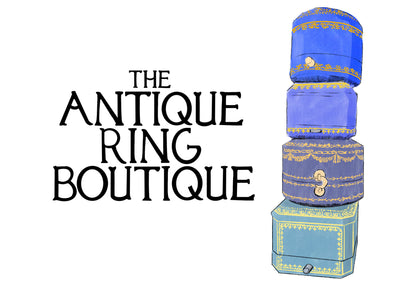Alongside rubies and sapphires, emeralds complete the triumvirate of precious stones. They are also some of the most historically treasured gemstones, and emerald mining is documented as far back as 1500 BCE, supposedly on mount Smaragdus in Egypt. Emeralds are a variety of the mineral beryl (which also includes aquamarine, morganite and heliodor), and owe their extraordinary green to chromium impurities. The most famous sources of emeralds are found in Colombia, with the Muzo and Chivor mines producing particularly important examples. Today, Colombia is still the world's main source of gem quality emeralds, but increasingly mines in Zambia and Pakistan are producing excellent examples. Due to their chemistry and the way they are formed, emeralds are very rarely without inclusions, and enjoy an enviable position among precious stones in having their inclusions not only accepted, but celebrated. These various combinations of inclusions, often known as an emerald's 'jardin', can reveal the minutiae of the emerald's formation in the earth and occasionally its precise geographical origin. Due to these inclusions, emeralds are often traditionally treated with oil, which absorbs into fissures within the stone and helps to keep the stone at its most transparent. Emerald is the birthstone of the month of may, and is associated with the star sign cancer. At 7-8 on the Moh's scale of hardness, emeralds are quite hard, but can be brittle due to their structure, meaning that protective settings are important for everyday wear.


